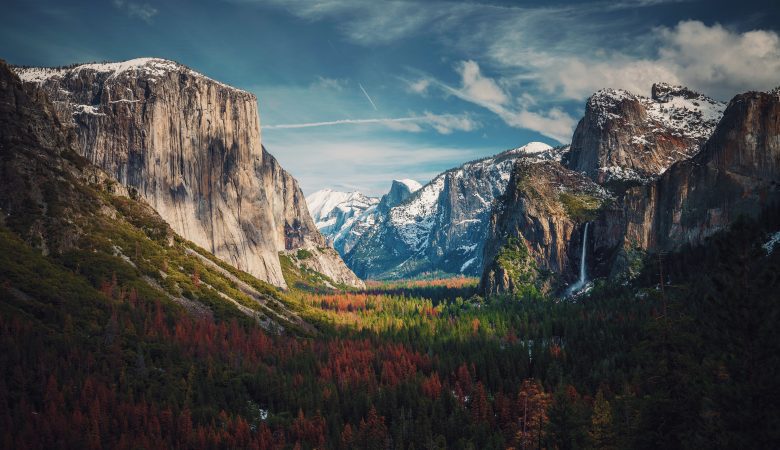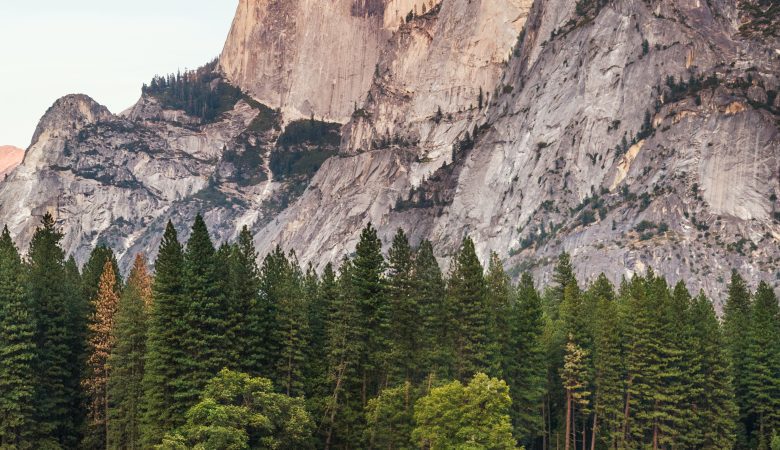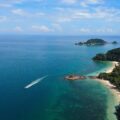National parks are some of the most beautiful places on Earth. They offer stunning landscapes, wildlife, and opportunities for recreation. However, before you plan a trip to a national park, there are a few things you need to know! In this article, we’ll cover the basics of national park travel, from how to find a park that’s right for you to what to expect when you’re there.
The Different Types of National Parks
There are many different types of national parks, each with their own unique features. Here is a brief overview of the different types of national parks:
-National Parks: National parks are managed by the National Park Service and are often home to some of the most iconic and popular attractions in the United States, such as Yellowstone National Park and the Grand Canyon.
-National Monuments: National monuments are managed by either the National Park Service or the Bureau of Land Management and can be both natural and manmade landmarks. Some examples of national monuments include the Statue of Liberty and Mount Rushmore.
-National Forests: National forests are managed by the U.S. Forest Service and are usually large tracts of land that are home to a variety of wildlife. Some popular national forests include the Sierra Nevada Mountains and the Rocky Mountains.
-National Wildlife Refuges: National wildlife refuges are managed by the U.S. Fish and Wildlife Service and provide habitat for a variety of wildlife species. Some notable national wildlife refuges include the Everglades in Florida and Alaska’s Arctic National Wildlife Refuge.
Pros and Cons of Visiting a National Park
There are many reasons to visit a national park – the scenery, the wildlife, the opportunity to get away from it all and explore the great outdoors. However, there are also a few things to consider before planning a trip, such as the cost of entrance fees, the time of year you want to visit, and whether you’re prepared for rugged terrain. Here are a few pros and cons of visiting a national park to help you plan your trip:
Pros:
-You can see some of the most beautiful scenery in the country
-You can get away from the hustle and bustle of city life
-You can learn about the history and culture of an area
-You can see wildlife up close
Cons:
-Entrance fees can be expensive
-The parks can be crowded, especially during peak season
-The terrain can be rugged and difficult to navigate
What to Pack for a National Park Trip?
No matter where you’re headed in the United States, there are a few things you should always pack for a national park trip. Here’s what you need to know before heading out on your next adventure:
1. Pack Appropriate Clothing: Depending on the time of year and the location of the park, temperatures can vary greatly. Be sure to pack clothing that can be layered so you can adjust to changing conditions. Remember to pack rain gear as well, even if the forecast looks clear.
2. comfortable shoes: You’ll be doing a lot of walking while exploring the park, so comfortable shoes are a must. broken in shoes will help prevent blisters and make your trip more enjoyable.
3. sunscreen and hats: Protect yourself from the sun by packing sunscreen and wearing a hat. Even on cloudy days, UV rays can be strong, so it’s better to be safe than sorry.
4. snacks and drinks: It’s always a good idea to have snacks and drinks with you, especially if you’re hiking or participating in other strenuous activities. Pack enough for everyone in your group so no one goes hungry or thirsty.
5. binoculars: These come in handy for spotting wildlife
The Best Time to Visit a National Park
No matter what time of year you visit a national park, there will always be something to see and do. However, the best time to visit a national park really depends on what you want to get out of your trip. Here are a few things to keep in mind when deciding when to plan your national park vacation:
If you want to avoid the crowds: The best time to visit a national park is during the off-season. This is typically from mid-September to mid-November and again from January to early March. Keep in mind that some parks may have limited access and hours during the off-season, so it’s always best to check ahead of time.
If you want to experience the parks at their fullest: The peak season for national parks is from late May through early September. This is when most parks are open and accessible, and offer the widest range of activities and attractions. However, it’s also when the parks are busiest, so be prepared for crowds.
If you want to find a balance: Spring and fall are usually the best times to visit a national park. The weather is usually milder than during the summer months, but there are still plenty of things
How to Choose the Right National Park for Your Trip
There are over 400 national parks in the United States, so how do you choose which one to visit on your next trip? Here are a few things to consider that will help you make the best decision for your vacation:
What kind of scenery are you looking for? Do you want to see mountains, forests, deserts, or something else entirely?
What kind of activities do you want to do while you’re there? Are you interested in hiking, camping, fishing, or something else?
How much time do you have to spend at the park? Some parks are huge and can take days or even weeks to explore, while others are smaller and can be visited in just a few hours.
What is your budget for this trip? Some parks require an entrance fee, while others do not. Additionally, some parks have more expensive lodgings and activities than others.
Keep these factors in mind when choosing a national park for your next trip and you’re sure to have a great time!
Conclusion
Planning a trip to a national park can be a bit overwhelming, but it doesn’t have to be. With a little bit of research and planning, you can make sure that your trip is everything that you want it to be. We hope that this article has given you some helpful tips and information on what you need to know before planning a trip to a national park. Do you have any other tips? Share them with us in the comments below!








